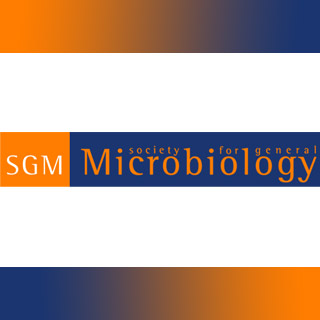
Scientists from the Copenhagen Wound Healing Centre, Statens Serum Institut and the University of Copenhagen in Denmark illustrated that maggots applied to simulated wounds, heavily infected with the bacterium Pseudomonas aeruginosa, could not treat the wound and were left dead subsequent to 20 hours.
Chronic wounds like leg ulcers may impact roughly 1% of the Western population and seem to be quite painful and hard to treat. Use of maggots to sterilize wounds may be an early practice that appeared to have reclaimed popularity in the early 1990s. Maggot Debridement Therapy (MDT) is claimed to be a normal process at wound care centres worldwide, in which sterile larvae from the green bottle fly Lucilia sericata are supposedly used to the wound either directly or restricted inside a sealed nylon bag.
The maggots lightly consume necrotic tissue and destroy ingested bacteria in the gut. Moreover, the maggots may discharge antimicrobial compounds into the wound, aid in decreasing inflammation and support wound healing. The real biological mechanisms accountable for the procedure seems to be quite unknown.
P. aeruginosa is claimed to be an opportunistic bacterium liable for several hospital-acquired infections. It is seemed to be linked to chronic wounds in which the bacteria bunch together to create biofilms. By efficiently talking to each other by means of a well-studied message system known as quorum sensing (QS), bacteria in biofilms are apparently recognized to be more triumphant at evading annihilation by the host immune system in addition to antibiotics.
Dr Anders Schou Andersen, who headed the research, commented, “When we blocked the QS signalling pathways in the bacteria, the maggots were much better at surviving and potentially cleansing the wounds. Signalling between bacteria growing in biofilms is known to lead to the production of lethal toxins, without which the bacteria are more vulnerable to eradication.â€
Dr. Andersen remarked, “MDT is generally very effective. It has been said that in a few cases MDT had failed, leaving the maggots dead in the lesion. We now think that this was probably due to the presence of P. aeruginosa in the wound. If we can find the specific bacterial mechanism that kills the maggots, we could target this when developing new treatments.â€
He further added that for instance, wounds infected with P. aeruginosa could be treated with an agent that interrupts bacterial signalling to ensure the success of maggot therapy and thereby wound healing.
The research was published in the Journal Microbiology.
